In order to attract more international students to Japan, The Ministry of Education, Culture, Sports, Science and Technology of Japan (MEXT) launched the “Global 30” Project for Establishing Core Universities for Internationalization and select- ed 13 universities to function as core institutions to receive and educate students from abroad. Under the Project, a student can obtain a degree from a prestigious Japanese university by taking programs taught in English, both in undergraduate and graduate levels.
To promote the Project and recruit prospective students, we are advertizing our newly established English courses abroad. Universities under the “Global 30” Project include Tohoku University, University of Tsukuba, The University of Tokyo, Nagoya University, Kyoto University, Osaka University, Kyushu University, Keio University, Sophia University, Meiji University, Waseda University, Doshisha University, and Ritsumeikan University (13 universities total).
Contents of the Seminars included.
(1) Presentations by the “Global 30” Project universities. Universities involved in the “Global 30” Project present brief overviews concerning their education systems, programs, admission procedures, etc.
(2) Lecture demonstrations – We hope participants will actively join in the lectures given by professors of the “Global 30” Project universities.
(3) Individual consultation For questions concerning educational systems and programs, admission procedures, characteristics, etc., the “Global 30? Project universities will have booths for advice and to answer questions of participants who intend to study in Japan. Japan Student Services Organization (JASSO) booth will broadly inform participants about Study in Japan.
List of Universities participating in Delhi (India) /Bangalore (India) included:- ” Tohoku University, University of Tsukuba, The University of Tokyo, Kyoto University, Osaka University, Kyushu University, Keio University, Sophia University (Bangalore only), Meiji University, Doshisha University, and Ritsumeikan University Japan Student Services Organization(JASSO)

‘Higher Education is Japan core strength that made it a global technology super power’
The iconic face of India in Japan is former Indian Ambassador to Japan Mr Aftab Seth who is playing the role of a catalyst to bridge the gap between unexplored land of opportunity for the Indian Gen-Next. Mr Seth highlights the tremendous depth of Japanese core strength that is yet to be tapped in India Higher education. Here are some of the most fascinating excerpts of his interview with Opinion Express associate editor Dr Rahul Misra.
Q Japan higher education system has been close knit hence globally people are unaware of its merits, kindly enlighten us about the cost factor, and Work culture of Japanese Universities?A. From the time of the Meiji restoration in 1868 the Japanese university system was opened to the world. As the first university was Keio, set up in 1858, 10 years university was Keio, set up in 1858, 10 years before the restoration, it was deeply influenced by knowledge acquired by the founder Yukichi Fukuzawa from the Dutch in Nagasaki in Kyushu. As other universities were set up in 1870s by the Imperial government they depended greatly on professors from the west, USA Britain and for medicine from Germany. Till the early 60s all medical students had to learn German because of the text books. It is thus not quite accurate to call the Japanese university system closed. It became like this later, but the early years were of openness.
So much so, that Tenshin Okakura an art historian and friend of Tagore, was able to write a book on Japanese tea in English and a play the “Silver Fox” in English directly. The xenophobia and hostility towards foreign influences was a product of the military dominated politics of the 20s and 30s and during the war till 1945. Under the American occupation from 1945 to 1952 all institutions including educational ones underwent reform to purge ideas which smacked of the Fascist interwar years. Universities were again open to foreign influence and to student exchanges. Japanese universities as a general rule offer high class education at a price which is less than private universities in the USA. State universities in Japan tend to be reasonable com- pared to top private ones like Keio or Waseda founded by Okuma Shigenobu in 1888.
Q. Japan is center of great cutting edge technologies, R&D labs etc. It is associated with several hi-ttech products and services yet its Universities are not internationally known brands, why?
A. The reason that Universities in Japan are less well known abroad is because of several factors. Japanese universities may not be known in India or the west but in China and the South East they have been well known since 1895 when Japan defeated China and in 1905 defeated Imperial Russia.
Several leading Chinese intellectuals like Sun Yat Sen studied in Japan and were influenced by Japanese ideas. Nationalist leaders of Vietnam struggling against French colonial rule established in the 1880s were deeply inspired by the Russo Japanese war. Phan Boi Chau one such leader traveled to Japan seeking help. Leaders such as Okuma and Inukai gave help by inviting 100 young Vietnamese boys to study at Japanese universities. Japanese technology has been known even before the war in East Asia. Korea a colony of Japan from 1910 to 1945 also had many generations of students who were educated in Japan. It is correct that top places like the Tokyo Institute of Technology, Tokyo University, Keio University with excellent R&D faculties are not well known abroad.
Q. English language is a deterrent to study in Japan?
A. The English language has been a deterrent so far. But this is changing. The Japanese have a complex about their inability to master alien tongues. Slowly but surely this changing and Japanese are acquiring huge skills in learning English language.
Q. 4. Group 30 Universities from Japan recently established an office in India to attract Indian students to Japan, why this initiative is taken at this time? What road map and benefits shall be made to Indian students intending to go to overseas destinations with this initiative?
A. The G-30 initiative by PM Fukuda in 2008 is aimed at increasing the number of foreign students in Japan from the present 130000 to 300000 by 2012. The Ritsumeikan office established in October 2010 at the Japan Foundation building is part of this initiative. Waseda has an office in Vietnam and other Universities have been given responsibility for other territories. As part of this work we helped the G30 in January 2011 to invite students from top schools in Delhi and other cities to attend a seminar addressed by the representatives of leading Japanese universities. I inaugurated this seminar. The purpose is to attract young talent to study in Japan. The benefit Indian students would derive from such study are explained at such seminars. To make it easier some universities like Keio have started English medium classes at the Fujisawa campus which teaches all high tech subjects such as IT, Energy, environmental science and others. Keio has a separate initiative GIGA which aims to attract bright youth to study at the undergraduate level. Post graduate schools in many leading universities have been conducting their classes in English for some years now. This is a trend that is growing.
Q. Any synergies that are possible between private universities between India and Japan with this Group 30 University consortium?
A. PM Abe in 2007 organised the first University Vice Chancellors conference in Delhi to bring together leaders of 12 top universities in both countries. The conference which I attended, as the international adviser to Keio which was the Japanese Co Chairman with the UGC Chairman on the Indian side, led to Keio signing MOUs with 11 top Indian universities including 5 IITs. The synergy between our institutions was well demonstrated by this event.
– OE News Bureau








 OpinionExpress.In
OpinionExpress.In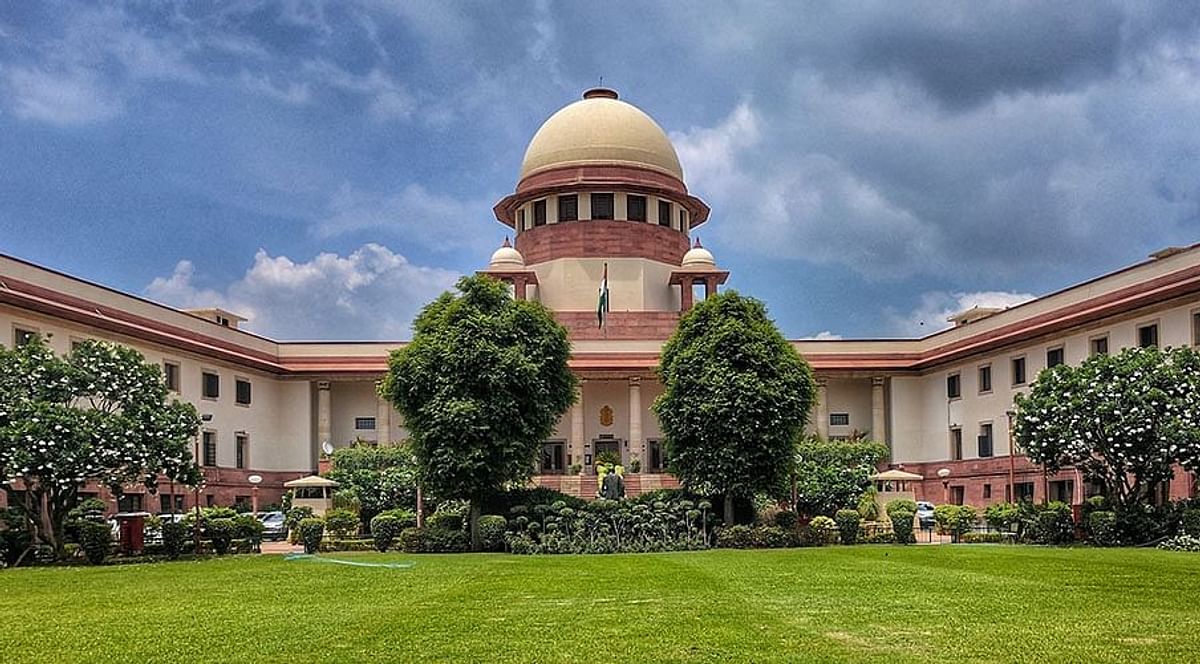
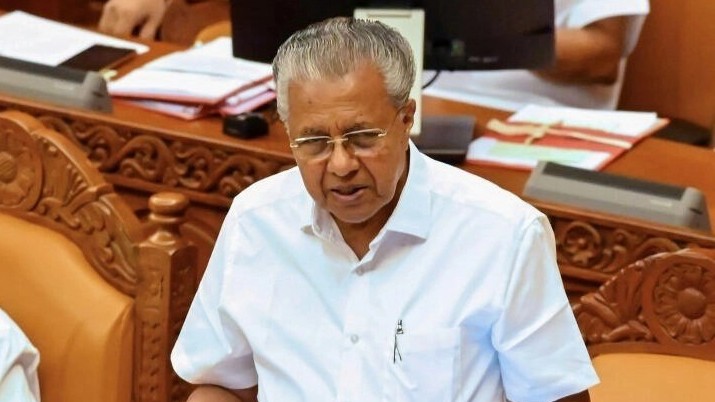
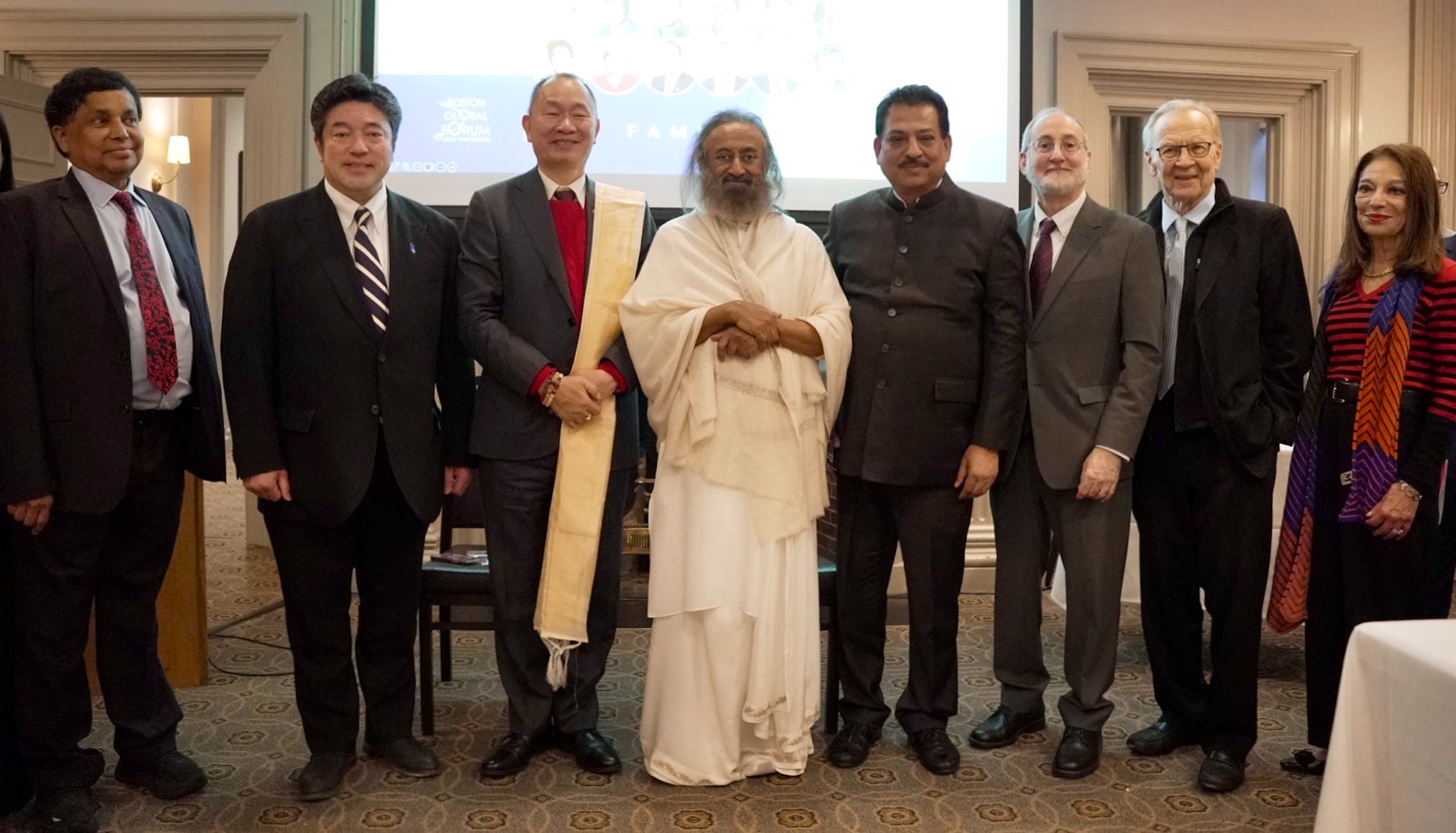
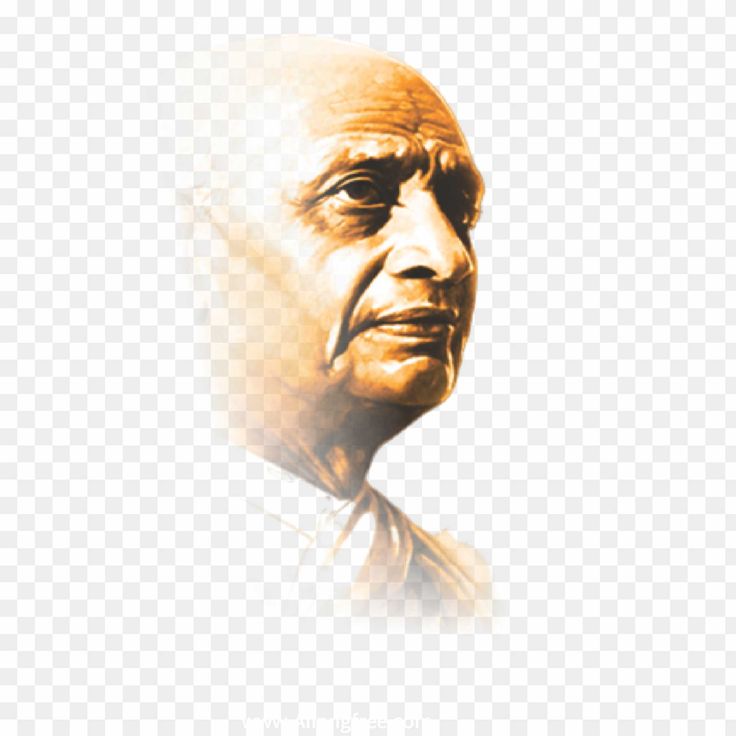
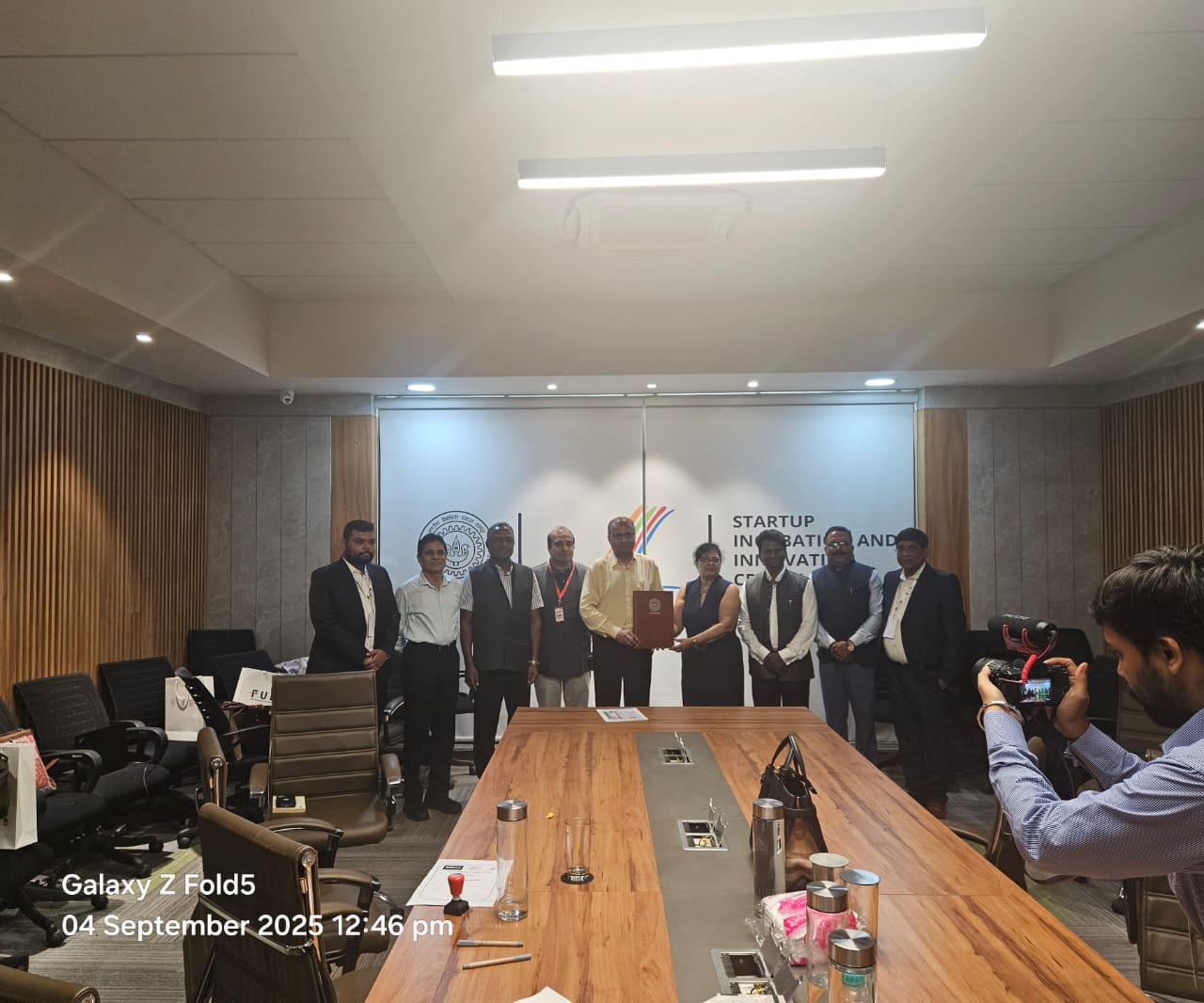
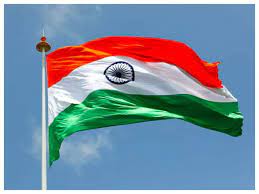










Comments (0)